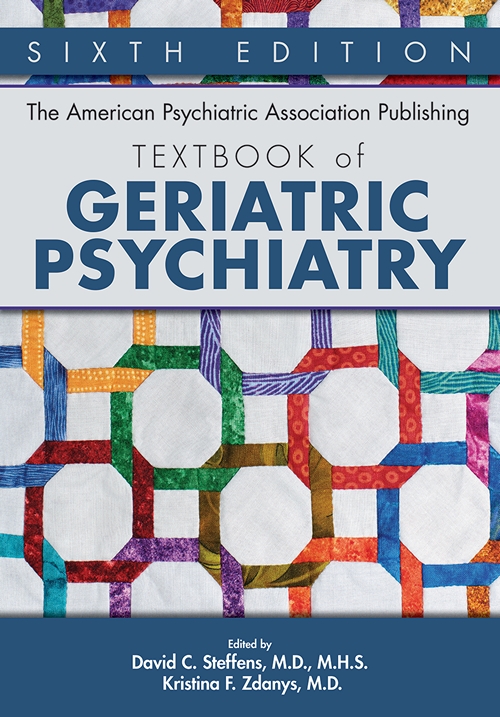Sections
Excerpt
Dementia is a clinical syndrome that can be caused by a range of diseases or injuries to the brain. Although it can affect young people, it is most common among older persons because dementia prevalence increases with age. Alzheimer’s Disease International estimates that approximately 35.6 million people were living with dementia worldwide in 2010 (Prince et al. 2013). Considering its high prevalence and worldwide distribution, dementia should be considered a pandemic. By 2050, the number of people age 60 years and older worldwide will have increased by 1.25 billion and will account for 22% of the world’s population. Accordingly, the number of people living with dementia worldwide is expected to approximately double every 20 years to 65.7 million in 2030 and 115.4 million in 2050 (Prince et al. 2013) (Figure 8–1). The Alzheimer’s Association (2019) estimates that 5.8 million Americans are living with Alzheimer’s disease (AD), the single most common cause of dementia. About 10% of people age 65 years and older and about 32% of the oldest-old (those age ≥ 85 years) have AD, and it is the sixth leading cause of death in the United States (Heron 2018). Given the chronicity of dementia, with estimates of its duration ranging from 3 to 4 years in community settings (Graham et al. 1997) to 10 to 12 years in clinical settings (Rabins et al. 2016), it poses a unique public health problem with serious effects on those who have it, their families, and society at large. For example, the Alzheimer’s Association (2019) estimated that in the United States, annual direct and indirect expenses of caring for people with AD and other dementias will soar from an estimated $290 billion in 2019 to a projected $1.1 trillion annually by 2050.
Access content
To read the fulltext, please use one of the options below to sign in or purchase access.- Personal login
- Institutional Login
- Sign in via OpenAthens
- Register for access
-
Please login/register if you wish to pair your device and check access availability.
Not a subscriber?
PsychiatryOnline subscription options offer access to the DSM-5 library, books, journals, CME, and patient resources. This all-in-one virtual library provides psychiatrists and mental health professionals with key resources for diagnosis, treatment, research, and professional development.
Need more help? PsychiatryOnline Customer Service may be reached by emailing [email protected] or by calling 800-368-5777 (in the U.S.) or 703-907-7322 (outside the U.S.).



